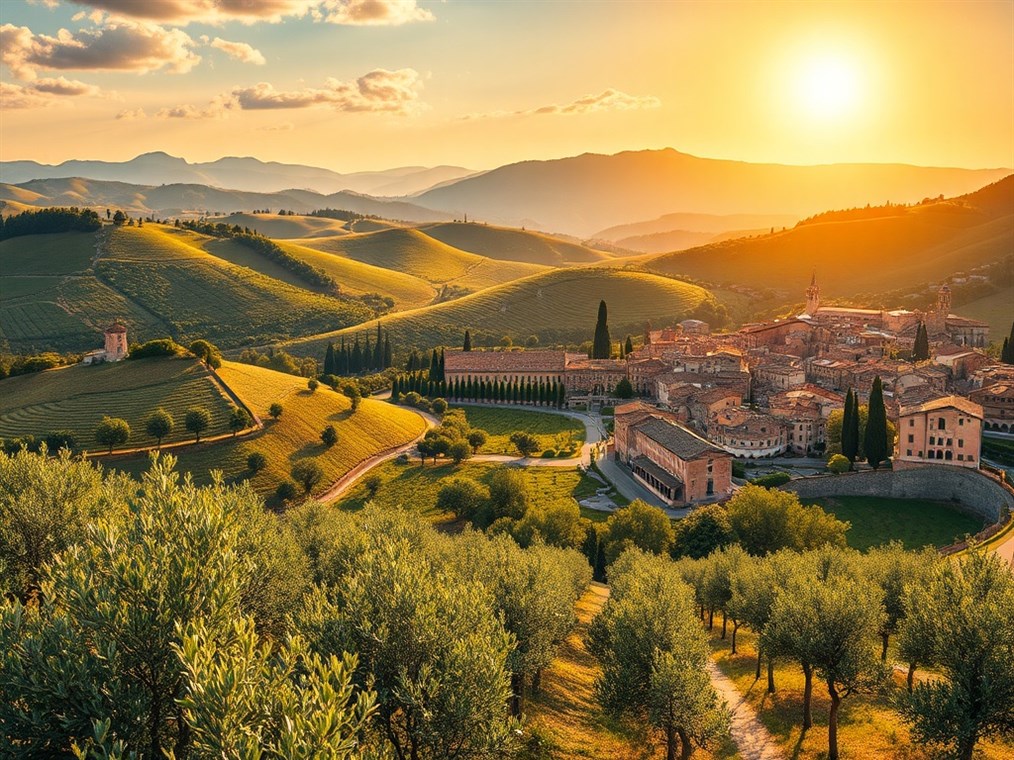Decoding Italian Greetings: More Than Just “Ciao!”
So, you’re heading to Italy? Fantastic choice! Get ready for incredible food, stunning scenery, and a culture that’s as warm as the Mediterranean sun. But before you pack your bags, let’s talk greetings. Because in Italy, saying “hello” is way more than just a quick “ciao.” It’s an art form!
Forget the stiff formality you might expect. While good manners are definitely important, Italian greetings are all about connection. Think of it as a dance – you need to know the steps to avoid stepping on anyone’s toes.
First things first: formality. This is your key to unlocking any greeting situation. Are you meeting your future in-laws? Or just grabbing a coffee with a new friend? The answer dictates your approach.
For those first encounters, especially with older folks or in professional settings, keep it classy. Buongiorno (“Good morning/day”) is your go-to until mid-afternoon. After that, switch to Buonasera (“Good afternoon/evening”). Simple, right? And if you really want to impress, throw in a Signore (Mr.) or Signora (Ms./Madam) when addressing them. “Buongiorno, Signora Rossi!” – trust me, they’ll appreciate it. And if you’re being introduced, a Piacere (di conoscerla) – “Pleased to meet you” – is always a winner. Keep it formal with the “di conoscerla” part, or drop it for a slightly more casual Piacere.
Now, for friends and family, it’s ciao all the way! This little word is your Swiss Army knife of Italian greetings – hello and goodbye all rolled into one. “Ciao, come va?” (“Hi, how’s it going?”) is a great way to kick things off. Or, if you’re feeling extra friendly, try “Ciao, come stai?” (“Hi, how are you?”). Just remember, save ciao for people you know. Busting out a ciao to your professor might raise a few eyebrows. And Ehi? That’s like the Italian “Hey!” Use it with your buddies, but be careful – it can also sound a bit like you’re annoyed. Context is everything!
Speaking of time, Italians are pretty strict about their Buongiorno and Buonasera. I once made the mistake of saying Buongiorno at 6 PM and got a playful scolding from my Roman friend. The general rule of thumb? Switch to Buonasera around 4 or 5 PM. And Buonanotte? That’s strictly for saying goodnight before bed. Don’t mix them up!
Okay, let’s talk about the bacio – the cheek kiss. This is where things get interesting, and where many foreigners get tripped up. It’s practically an Olympic sport! So, who gets a kiss? Usually women with women, and men with women. Guys might shake hands with each other, although in the south, cheek kisses between men are more common. And how many kisses? Two! Left cheek first. Don’t go for three – that’s just weird.
But here’s the secret: it’s usually an air kiss. Cheeks touch, you make a kissing sound, but no actual lip-to-skin contact. Awkward, right? It takes practice! And remember, you don’t go around kissing everyone you meet. Save it for people you know well. When in doubt, a handshake is always a safe bet. Then, as you get to know them, you can graduate to the bacio.
One thing I learned the hard way: greeting customs vary from region to region. What’s perfectly normal in Milan might be totally out of place in Sicily. So, when in doubt, watch the locals and do as they do. It’s the best way to avoid a cultural faux pas.
Now, let’s not forget the hands! Italians are famous for talking with their hands. It’s like a whole other language! You don’t need to become a master of Italian gestures, but knowing a few basics can definitely come in handy. The pinched fingers – Ma Che Vuoi? – is a classic. It basically means “What do you want?” and can express anything from confusion to disbelief. The chin flick – Non Mi Interessa – means “I don’t care.” And the finger to the cheek – Che Buono! – tells everyone that something is delicious. Trust me, you’ll be using that one a lot!
Here are a few more phrases to stash in your back pocket: Come stai? (informal) / Come sta? (formal) – “How are you?” You can reply with Sto bene, grazie (“I’m well, thank you”) or Così così (“So so”). And for saying goodbye, you’ve got Arrivederci (formal/informal) or Arrivederla (more formal, for one person). A presto means “See you soon,” and A dopo means “See you later.”
So, there you have it! A crash course in Italian greetings. It might seem like a lot to remember, but don’t stress. Just relax, be yourself, and embrace the warmth and expressiveness of Italian culture. And when in doubt, a smile and a friendly “Buongiorno” will always go a long way. Ciao! And in bocca al lupo! (Good luck!).

